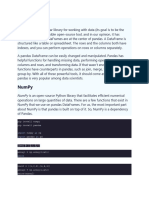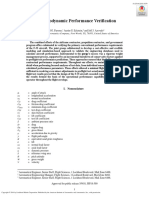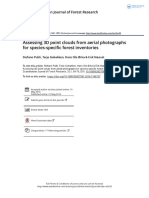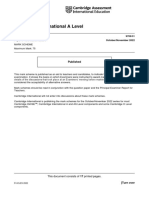0% found this document useful (0 votes)
20 views34 pagesFDSA Lab Manual 1
The document outlines the practical laboratory work for the Data Science and Analytics course at Christian College of Engineering and Technology. It includes various experiments such as working with Pandas data frames, creating plots using Matplotlib, and performing statistical tests like Z-test and T-test. Each experiment is accompanied by aims, algorithms, programs, outputs, and results, demonstrating the application of Python in data science.
Uploaded by
Vanitha JanarthanamCopyright
© © All Rights Reserved
We take content rights seriously. If you suspect this is your content, claim it here.
Available Formats
Download as PDF, TXT or read online on Scribd
0% found this document useful (0 votes)
20 views34 pagesFDSA Lab Manual 1
The document outlines the practical laboratory work for the Data Science and Analytics course at Christian College of Engineering and Technology. It includes various experiments such as working with Pandas data frames, creating plots using Matplotlib, and performing statistical tests like Z-test and T-test. Each experiment is accompanied by aims, algorithms, programs, outputs, and results, demonstrating the application of Python in data science.
Uploaded by
Vanitha JanarthanamCopyright
© © All Rights Reserved
We take content rights seriously. If you suspect this is your content, claim it here.
Available Formats
Download as PDF, TXT or read online on Scribd
/ 34


































































































